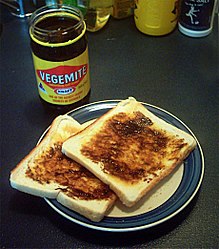Tourism in Australia
Almost 95% of the
Australian population lives very close to the coast and therefore much of the
tourism in Australia has to do with the ocean. Australia has miles and miles of
beaches, and no shortage of ocean to swim, boat, surf, fish, dive and snorkel
in!
 |
| Bondi Beach crowed on a hot day |
Some famous
beaches in Australia are Bondi Beach, which is about a kilometer long and
probably the most popular and well-known beach in Australia, Bells Beach,
Surfers Paradise Beach, and Cape Tribulation. Cape Tribulation is really
interesting and unique because the shoreline comes out right on the edge of a
tropical rainforest!
 |
| The Great Barrier Reef |
The Great Barrier Reef is a big tourist attraction in
Australia as well. It is made up of 900 islands, nearly 3000 individual reefs, and
it stretches over 3000km! It’s actually one of the 7 wonders of the natural
world!
 |
Some of the interesting animals in
Australia: a tasmanian devil (bottom
left), kookaburras (top left), a wombat
(top right), and an emu!
|
Australia is also
home to many animals that you won’t find in many other places in the world.
People come from all over to see these animals in zoos as well as their native
habitat. Kangaroos, koalas, platypuses, emus, wombats, kookaburras, and
Tasmanian devils are examples of these unique Australian animals.
Another popular place to visit in Australia is Sydney
Harbour. The Sydney Opera House and the Sydney Harbour Bridge are all located
there, while the harbour itself is a popular tourist destination. Sydney
Harbour has 240 kilometres of shoreline and the harbour is 54 km2! Since
there are so many bridges crossing the harbour, it is very common to travel by
ferry there.
 |
Perfect picture of Sydney Harbour. You can see the Sydney
Opera House, the Sydney Harbour Bridge in the background,
and the water is full of boats! |
There isn't much at all in the large interior of Australia, let alone tourist attractions, since most of it is desert. There are tours of the Australian outback that are common for tourists. There is also one massive rock, called Ayers Rock that is over 300 meters tall! It can even be seen from outer space!
 |
| Ayers Rock |


